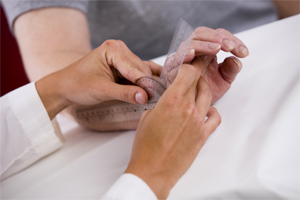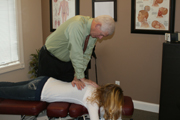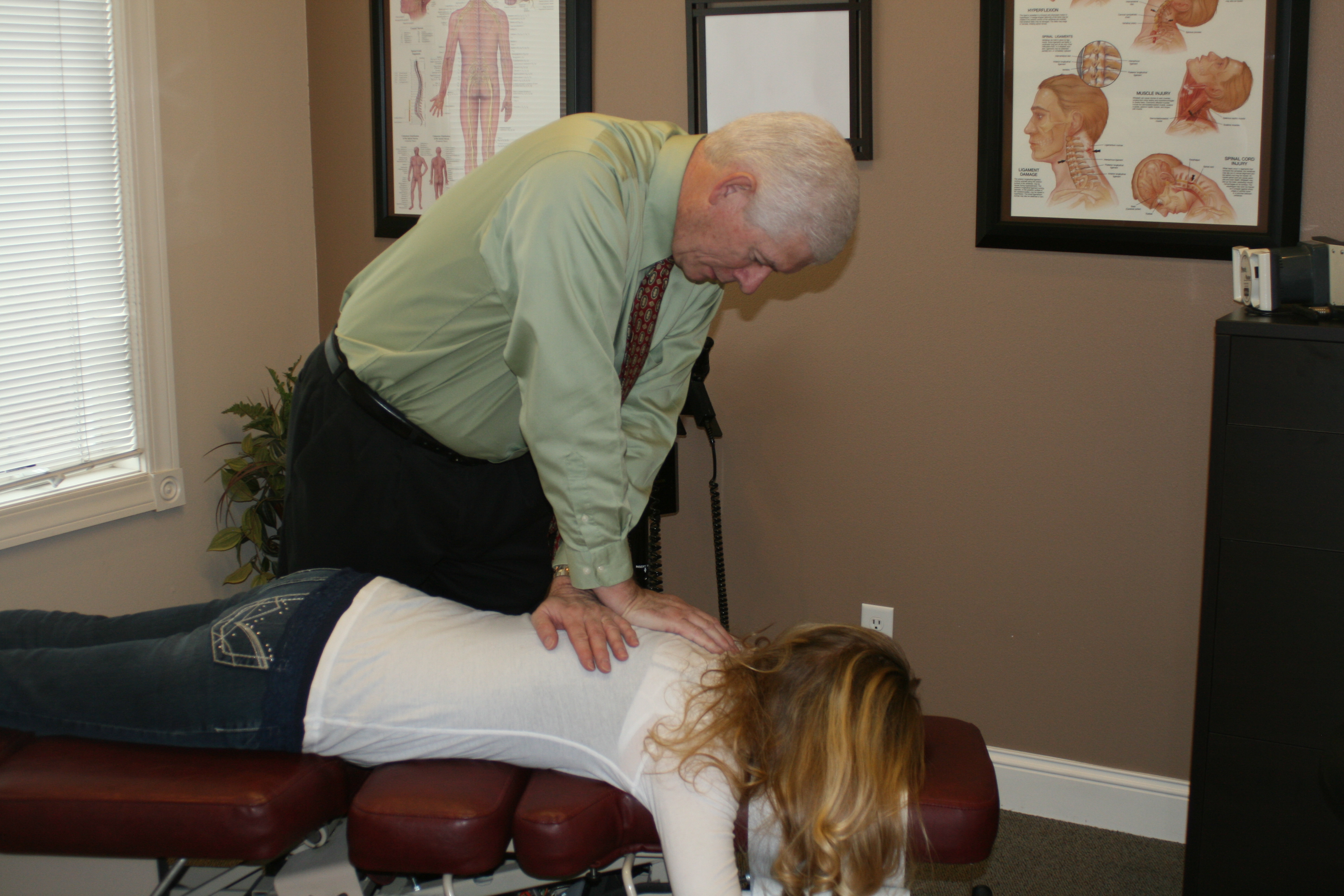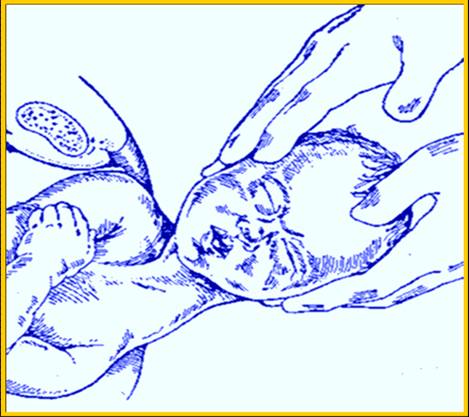Modern Treatment for Back Pain: Beyond Bed Rest, Pain Pills and Surgery
 According to the National Institutes of Health and Dr. Michael S. Wilkes of the Western Journal of Medicine, “Despite a plethora of research intended to guide physicians in their management of back pain, physicians still hold strong non-evidence based beliefs dating back to the 19th century.” What beliefs is Dr. Wilkes referring to? He’s talking about the long-held conventional wisdom that says bed rest is one of the best ways to treat back pain.
According to the National Institutes of Health and Dr. Michael S. Wilkes of the Western Journal of Medicine, “Despite a plethora of research intended to guide physicians in their management of back pain, physicians still hold strong non-evidence based beliefs dating back to the 19th century.” What beliefs is Dr. Wilkes referring to? He’s talking about the long-held conventional wisdom that says bed rest is one of the best ways to treat back pain.
And it turns out that physicians aren’t the only ones who hold “strong non-evidence based beliefs” about how back pain should be treated. One study, according to the Daily Mail, found that 35% of people thought bed rest is the best way to handle such aches and pains. The study included 1,000 people from 25–65 years of age.
So why are many doctors so quick to prescribe bed rest? And why are so many patients inclined to comply? Simple—pain avoidance. Certainly our minds are part of the feedback loop in any therapy, especially where intense pain is involved. Dr. Michael Vagg, Clinical Senior Lecturer at Deakin University School of Medicine has pointed out that the mind’s expectation of pain “can itself cause protective movements to persist for longer than necessary.” Thus, the tendency to use bed rest as a solution.
The Evidence Against Bed Rest
For most types of back pain, there is powerful evidence that extended bed rest does not help. One study showed that when comparing routine care, bed rest and exercise, bed rest seemed to result in greater intensity of pain, greater disability and more work days lost. Exercise had the most favorable outcome. According to Wilkes, “14 of 18 controlled studies do report that active exercise can improve outcomes.”
Short-term bed rest can be helpful to reduce painful muscle spasms when such spasms are an attempt for the body to limit movement in an injured part of the body. However, bed rest restricts the spine’s motion and, unlike other body parts, spines require motion in order to get nutrients to stay healthy. Restricted movement can result in lost strength and can make it harder for the spine to recover. When the patient is experiencing their most acute back pain, they may need to temporarily change their routine, but the majority of such patients should minimize bed rest and return to their normal routine as soon as possible. Exercise can help produce better results and quicken the healing process.
Part of a Broader Pattern
Unfortunately, the outdated (and ill-advised) bed rest recommendation is part of a broader pattern that some healthcare observers believe they see in the treatment of back pain. Dr. Bruce Landon, a professor of health care policy at Harvard Medical School, and a team of researchers have found that many medical doctors ignore expert clinical guidelines when it comes to treating back pain. And the results aren’t limited to inappropriate guidance about bed rest. They include unnecessary medical imaging, needless exposure to addictive painkillers and surgeries that are often risky, expensive and ultimately ineffective.
Interestingly, a study published in the September 2014 edition of the Journal of the Canadian Chiropractic Association found that chiropractors, physical therapists and medical doctors have very different rates of adherence to current evidence-based practice guidelines as they relate to treating nonspecific back pain. Their analysis found that medical doctors follow such guidelines only 52% of the time, compared with 62% for physical therapists and 73% for chiropractic physicians.
Whether you’re suffering from acute or chronic back pain, it’s important to seek out the best evidence-based treatment you can find. Chiropractors are experts in diagnosing and treating health conditions that affect the musculoskeletal and nervous systems, especially those that involve the back and the neck. Chiropractic treatment has been shown in studies to be both safe and effective. Plus, chiropractic patients have consistently reported high levels of satisfaction with the results as well as the experience.
If you or someone you care about is suffering from back pain, there’s help available. Remember—you have options! We encourage you to call or visit our office today!








